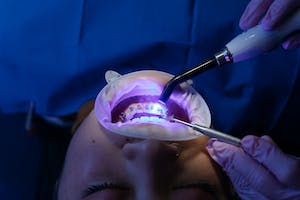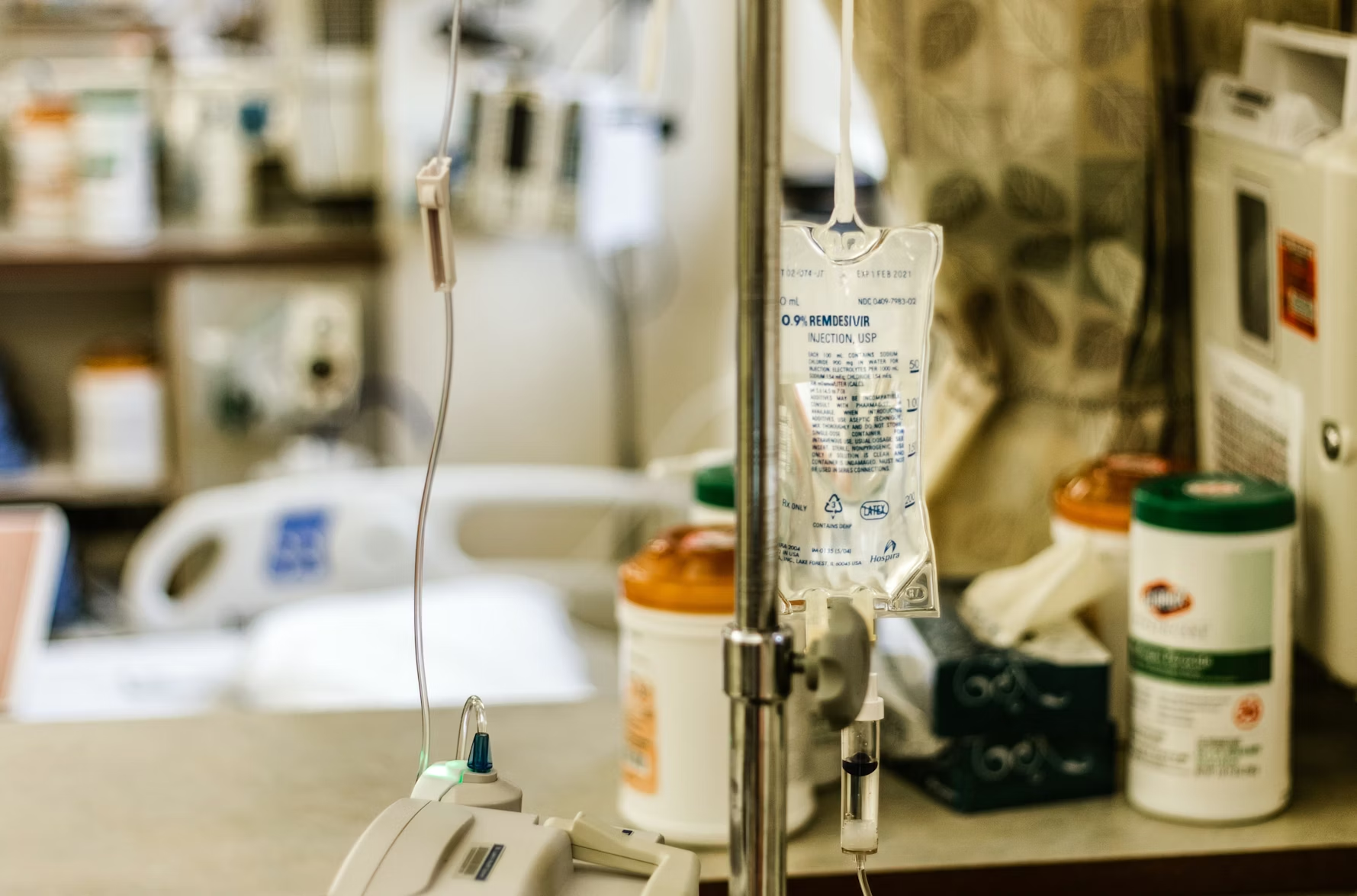Tooth decay, also known as dental caries or cavities, is a prevalent oral health issue affecting a significant portion of the UK population.
As dental professionals, we understand the importance of keeping up to date with the latest advancements in dental treatments to provide our patients with the most effective and least invasive options.
In this comprehensive guide, we will explore innovative dental treatments for tooth decay, focusing on the latest research and clinical applications.
We will delve into the use of silver diamine fluoride, a promising treatment method gaining popularity among dentists and hygienists, as well as other cutting-edge treatments.
1. Understanding Tooth Decay and its Causes
Tooth decay occurs when the enamel, the hard outer layer of the tooth, is damaged by acids produced by bacteria in the mouth.
This leads to the formation of small holes or cavities in the teeth. Several factors contribute to tooth decay, including poor oral hygiene, consumption of sugary foods and drinks, and genetic predisposition.
Early detection and intervention are crucial for preventing further damage to the teeth and maintaining overall oral health.
2. Silver Diamine Fluoride: A Revolutionary Approach to Treating Tooth Decay
Silver diamine fluoride (SDF) is an innovative dental treatment that has gained considerable attention in recent years due to its effectiveness in preventing and arresting tooth decay.
SDF is a topical antimicrobial agent composed of silver, fluoride, and ammonia. The silver component acts as an antimicrobial agent, while the fluoride strengthens the tooth’s enamel.
When applied to the affected tooth surface, SDF can halt the progression of tooth decay by inhibiting the growth of bacteria and promoting the remineralisation of the tooth enamel.
This non-invasive treatment is especially beneficial for young children, the elderly, and individuals with special needs who may have difficulty tolerating more traditional restorative dental procedures.
3. Minimally Invasive Dentistry: Preserving Tooth Structure
Minimally invasive dentistry focuses on preserving as much of the natural tooth structure as possible while effectively treating tooth decay.
This approach aims to reduce the need for more invasive treatments, such as the use of dental handpieces, which can cause discomfort and dental anxiety for patients.
a. Air Abrasion
Air abrasion is a minimally invasive technique that uses a stream of fine particles to remove decayed tooth structure.
This instrument allows dentists and hygienists to precisely target the affected area, minimising damage to the surrounding healthy tooth structure. Air abrasion is a quieter and less invasive alternative to traditional handpiece usage.
b. Chemo-mechanical Caries Removal
Chemo-mechanical caries removal involves the application of a chemical agent to the decayed tooth structure, which softens the affected area.
The softened decay is then removed using a specialised dental instrument. This technique reduces the need for dental handpieces and preserves more of the natural tooth structure.
4. Laser Dentistry: A High-tech Approach to Treating Tooth Decay
Laser dentistry is a cutting-edge technology that uses focused light energy to remove decayed tooth structure and sterilise the area.
This precise method allows dentists and hygienists to target the decayed tissue without damaging the surrounding healthy tooth structure.
Laser dentistry offers several advantages, including reduced discomfort, faster healing times, and less need for local anaesthesia.
5. Preventative Measures: Maintaining Optimal Oral Health
Preventing tooth decay is the best way to maintain a healthy smile. As dental professionals, we recommend adopting good oral hygiene practices, such as regular brushing with a fluoride toothpaste, flossing, and attending routine dental check-ups.
In addition, a balanced diet low in sugar and acidic foods and drinks can help reduce the risk of tooth decay. Here are some preventive measures that dentists and hygienists can offer to their patients:
a. Dental Sealants
Dental sealants are a thin, protective coating applied to the chewing surfaces of the back teeth (molars and premolars) to prevent cavities.
The sealant forms a barrier that protects the tooth enamel from plaque and acids. Sealants are particularly beneficial for children, as their newly erupted permanent teeth are more vulnerable to decay.
b. Fluoride Treatments
Professional fluoride treatments, in the form of varnish or gel, can help strengthen tooth enamel and prevent cavities.
These treatments contain a higher concentration of fluoride than over-the-counter toothpaste or mouthwashes, making them more effective in remineralising the tooth enamel. Dentists and hygienists often recommend fluoride treatments for patients at high risk of developing tooth decay.
c. Fissure Sealants
Fissure sealants are another preventive measure that can be used to protect teeth from decay. They are a tooth-coloured resin material that is applied to the grooves and pits of the chewing surfaces of the molars and premolars.
This creates a smooth surface that is easier to clean and less likely to harbour plaque and bacteria, reducing the risk of cavities.
d. Regular Dental Check-ups and Cleanings
Routine dental check-ups and professional cleanings are essential for maintaining optimal oral health. Dentists and hygienists can monitor your oral health, detect early signs of tooth decay, and provide tailored advice and treatments to prevent further problems.
Conclusion
Innovative dental treatments, such as silver diamine fluoride, minimally invasive dentistry, and laser dentistry, are transforming the way we approach tooth decay. These techniques aim to provide patients with more effective, less invasive, and comfortable treatment options, improving their overall dental experience.
As dental professionals, it is our responsibility to stay informed about the latest advancements in dentistry to provide the highest standard of care for our patients. By combining these innovative treatments with a strong emphasis on preventive measures, we can work together to reduce the prevalence of tooth decay and promote a lifetime of healthy smiles.








